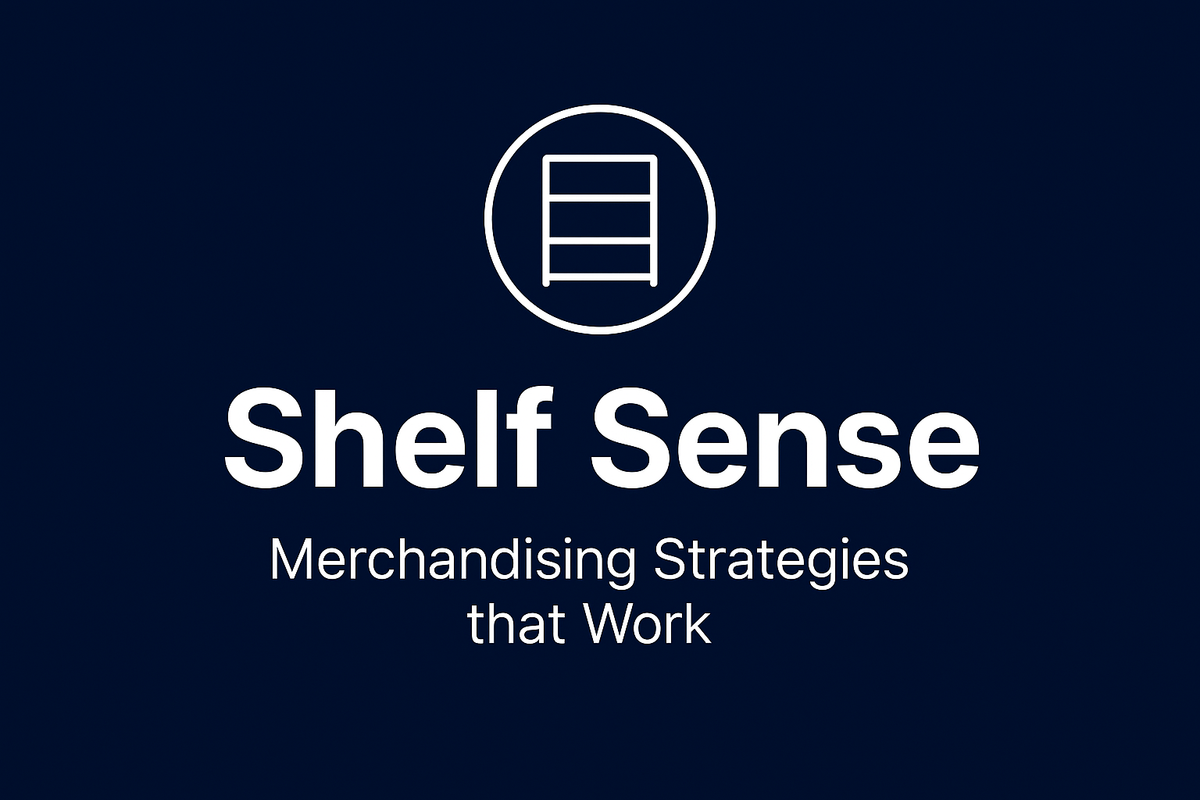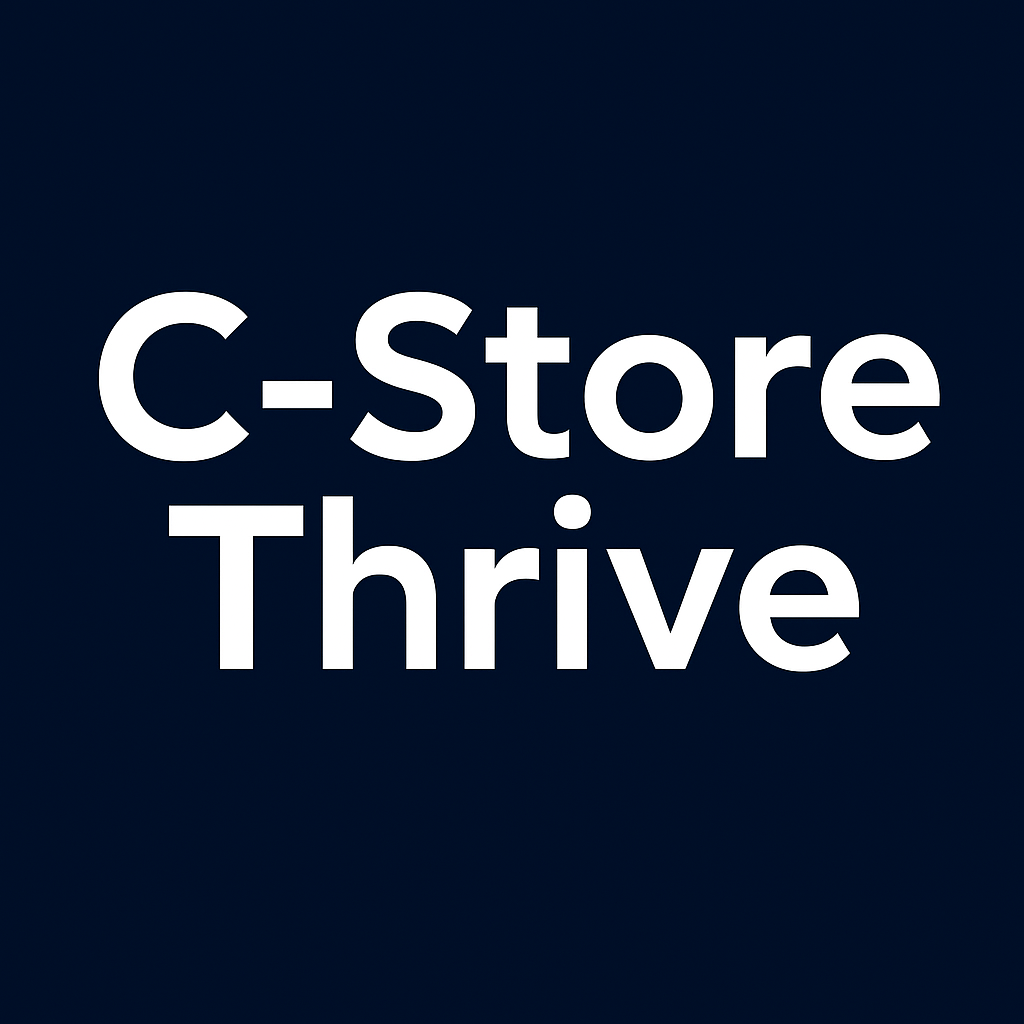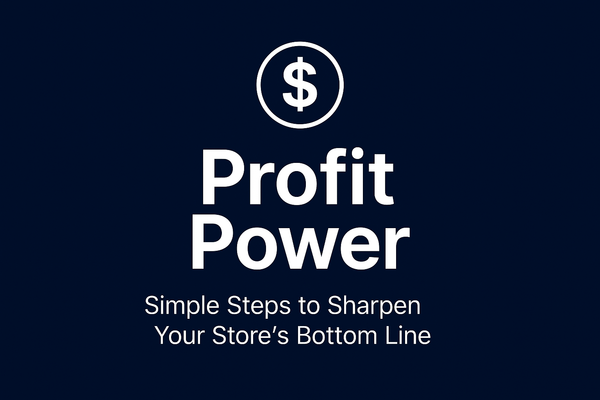Basket Boost: How Market Basket Analysis Turns Everyday Sales into Strategic Growth
Every receipt tells a story. Learn how Market Basket Analysis reveals what customers buy together—so you can boost sales, improve flow, and design data-driven promotions that make every basket bigger and more profitable.

Convenience stores that use Market Basket Analysis (MBA)—a method for uncovering which products are most often purchased together—see 20–30% higher cross-selling revenue and 25% better promotional ROI, according to global retail analytics studies. Yet most operators still treat their POS data as mere transaction records instead of actionable customer insight. Every receipt tells a story—not just who bought what, but why—and what else they might have bought if prompted.
The difference between a store that sells snacks and one that engineers sales growth lies in how it reads those data stories. Market Basket Analysis translates them into merchandising intelligence that strengthens category performance, enhances store flow, and increases basket value—all without expanding floor space.
What Market Basket Analysis Really Means for C-Stores
In practical terms, Market Basket Analysis is the science of spotting and acting on buying connections—what customers tend to purchase together during a single trip. Technically, it’s called “association rule learning,” but in the world of convenience retail, it’s more like learning how your customers actually shop, not how you wish they did.
Maybe your data shows that energy drink buyers are twice as likely to grab beef jerky or that customers who buy coffee often add a breakfast sandwich if it’s visible near checkout. Those aren’t random observations—they’re profit levers.
When operators use these insights to redesign planograms, combos, and store flow, the results are measurable: faster transactions, better category adjacencies, and customers who buy just one more thing per visit—consistently.
This isn’t a marketing trick; it’s merchandising science applied to intuition.
The Six Key Steps to Put Market Basket Analysis into Action
A structured approach transforms isolated data into continuous improvement. The most successful convenience operators follow these six disciplined steps:
- Capture Quality POS Data
Ensure your POS system uses consistent item coding and category mapping. Bad data creates bad insights—garbage in, garbage out. - Identify Buying Patterns
Look for “if X, then Y” relationships. For example:- Fuel + Car Wash
- Coffee + Bakery
- Energy Drink + Salty Snack
- Tobacco + Beverage
- Rank by Impact
Focus on combinations that actually move your margin. The top 20% of SKU pairings typically generate 70–80% of cross-sell potential—don’t dilute attention with low-return associations. - Apply Category-Informed Promotions
Bundle what customers already buy together. If 40% of your coffee buyers choose a bakery item, create a “Morning Combo” and highlight it on digital screens. - Test and Track
Launch short-term pilots—relocate key products, run 2-for-one trials, or adjust checkout adjacency—and monitor basket size changes weekly. - Refine Store Design by Flow
Use this insight to adjust shelf placement and movement paths, creating “micro journeys” aligned with your customers’ natural habits: fast fuel-ups, morning routines, and late-night cravings.
This systematic approach doesn’t just lift sales—it improves promotional efficiency and operational targeting. When every square foot earns its keep, wasteful discounts shrink while ROI grows.
Turning Data into a Strategic Engine
What separates successful operators isn’t how much data they collect—but whether they treat it as an insight engine instead of a one-time report.
Market Basket Analysis powers:
- Precision cross-merchandising. Predict what customers want next.
- Shopper mission detection. Understand quick-stop vs. fill-up trips.
- Planogram optimization. Arrange adjacencies that drive discovery.
- Vendor confidence. Use data to negotiate promotional funding that aligns with reality, not assumptions.
The Indra Nooyi Lesson: Purpose Meets Profit
Former PepsiCo CEO Indra Nooyi called her approach “Performance with Purpose”—a philosophy that profitable growth is sustainable only when it creates value for people and planet alike.
In the same spirit, Market Basket Analysis connects purpose and profit. Each data-driven decision improves both the shopper’s experience and the store’s profitability. By understanding customers’ true needs and buying patterns, operators create assortments that are relevant, convenient, and profitable—aligning business health with customer delight.
MBA is not about squeezing transactions; it’s about serving better by stocking smarter.
Practical Applications for Immediate Impact
Market Basket Analysis isn’t theory—it’s strategy made visible in your store layout and promotions. Operators can get started immediately with simple, high-impact adjustments:
- Bundle Complementary Categories: Create combo pricing around proven pairs like “Fuel + Energy Drink” or “Coffee + Muffin.”
- Reengineer Impulse Displays: Relocate best-performing add-ons to queue areas or fuel counters.
- Digitize Insights: Use tools like Excel or Power BI to map top pairings by time of day.
- Partner with Vendors: Show real data to negotiate co-funded promotions with demonstrated cross-sell success.
- Build Regional Playbooks: Roll insights across locations to maintain consistency and measure results.
You don’t need expensive software to start—a well-organized POS export and basic analytical discipline can unlock tens of thousands of dollars in missed opportunity every year.
The Independent’s Competitive Edge
Many independents assume data science belongs to the big chains—but it’s the small operators who benefit most from becoming data fluent.
Chains use national data models. Independents can use local truth—their own customer patterns—to outperform larger competitors on relevance, service, and assortment precision.
When you use Market Basket Analysis to align your shelf strategies with what people actually buy, every planogram becomes a sales strategy. Every promo becomes a prediction fulfilled. Every transaction becomes one layer in a stronger long-term relationship.
In Indra Nooyi’s words, “Sustainable growth comes from understanding your consumer, not guessing their behavior.”
For convenience stores, sustainable growth starts by listening to the baskets walking out the door.
This article is part of the weekly "Shelf Sense" series from C-Store Thrive.
Found this analysis helpful?
Share C-Store Thrive with fellow convenience store leaders who want smarter stocking, bigger baskets, and data-driven merchandising strategies that turn every shelf into a profit engine.





